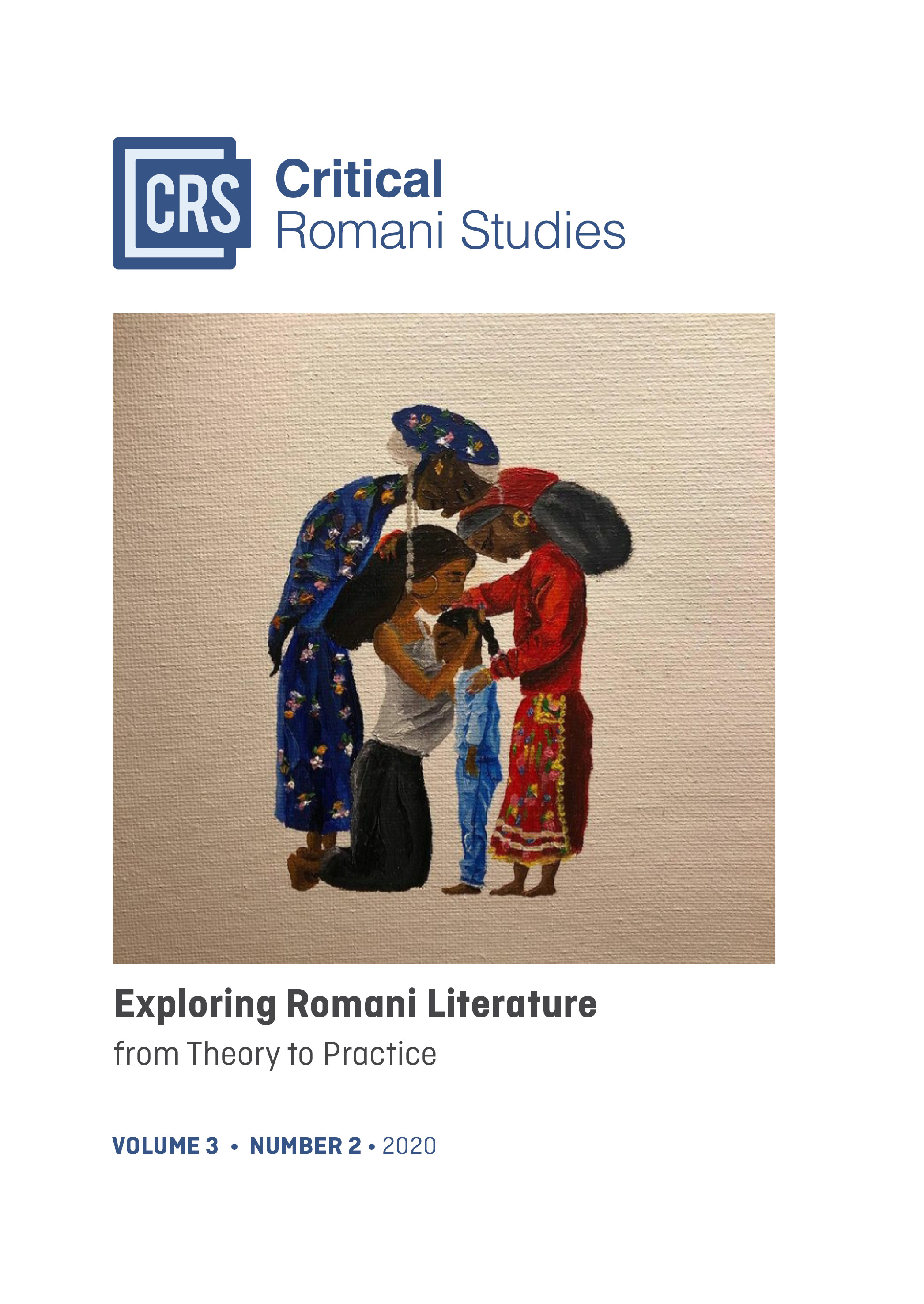Black Bodies, White Bodies – ‘Gypsy’ Images in Central Europe at the Turn of the Twentieth Century (1880–1920)
Black Bodies, White Bodies – ‘Gypsy’ Images in Central Europe at the Turn of the Twentieth Century (1880–1920)
Author(s): Éva KovácsSubject(s): Anthropology, Visual Arts, Ethnic Minorities Studies, Identity of Collectives
Published by: Romani Studies Program Central European University
Keywords: Central Europe; Colonial gaze; Emancipatory gaze; Modernity; Painting at the turn of the nineteenth century; Visual representation of Roma;
Summary/Abstract: The problem of the observer has long been a key concern of social theories. However, in mainstream sociology, it was not until three decades ago that the relationship between image and text, seeing and gaze, appeared on the horizon of the discipline. Studying the visual representation of Roma in Modernity, one sees how Central European societies create their own sexualised and feminised Blackness through ‘savage’ groups and individuals. The central thesis of the article is that, across Europe, the panoptic regime of Modernity operates with the optical unconscious in two ways.On the one hand, by re-visualising social differences that became invisible after the collapse of feudal society; on the other, by bringing the oppressed into sight and rendering the oppressors invisible. However, there is a significant difference between the Western and Eastern European representations of ‘savages’: in the process of nation-building, the ‘Gypsy’ became an ambiguous part of the national imaginary in Eastern European countries.The paper argues that ideas and visual representations of Roma commuted between Central and Western Europe resulted in tensions between the colonial and emancipatory gazes.
Journal: Critical Romani Studies
- Issue Year: 3/2020
- Issue No: 2
- Page Range: 72-94
- Page Count: 23
- Language: English

